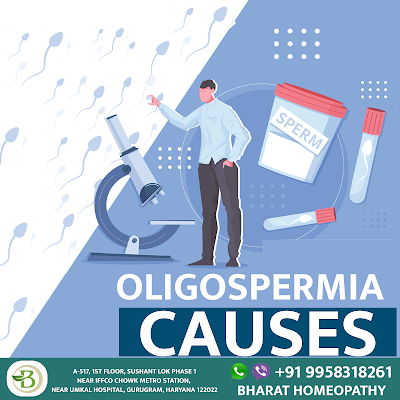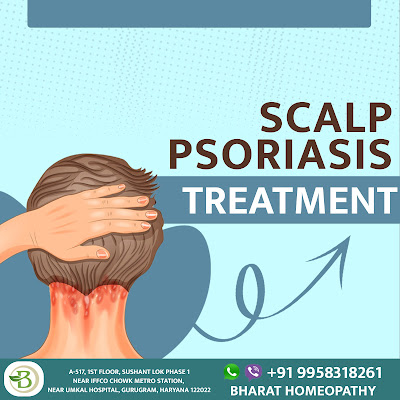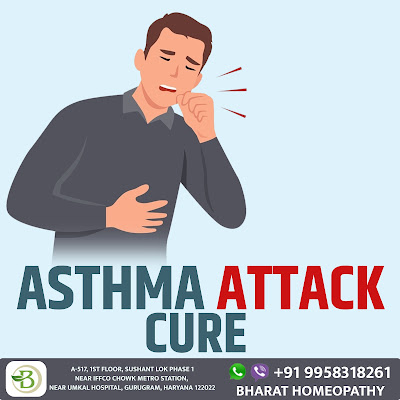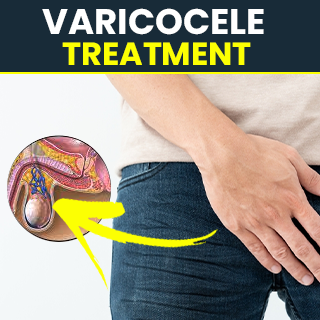Insufficient sperm counts can be an indication of infertility issues called oligospermia. People with this condition typically don't have good sexual health. This includes the capability to sustain and maintain an erection and the capability to perform ejaculation in the event of orgasmic ejaculation.
Signs and symptoms of oligospermia:
There is no typical symptom of Oligospermia. The condition is only apparent once they are able to identify the reasons behind their infertility. There are instances where it's possible to identify signs that suggest issues that affect the male reproductive system. A few oligospermia symptoms can be seen as:
Large and swelling veins are located in the scrotum.
Heavy discharge
Bulges, swelling, and discomfort around the testicle area.
Hormonal imbalances
Hair loss on the body and face.
Issues with ejaculation, or the difficulty in maintaining an erection which interferes with sexual performance.
There are people who experience pain when they pee because of infection.
Origins of oligospermia:
The following are oligospermia causes that can be classified based on different factors, such as:
1. Factors that influence lifestyle-
a. Drinking alcohol: It can reduce the number of sperm and their quality.
b. Obesity: This causes a decrease in sperm count as well as decreased testosterone levels.
c. Stress: It is among the primary causes of oligospermia since it can trigger hormone imbalances that affect the production of sperm.
d. Drug use: It is also a factor that affects the production of sperm.
e. Smoking: This can result in lower sperm counts.
2. The environmental factor: Constant exposure to toxins from the environment as well as chemical compounds can impact the production of sperm.
3. The medical reason: There are many health problems that can cause oligospermia. These include:
Varicocele: It is described as an illness that is characterized by the growth of veins inside the scrotum. This is the loose skin bag that encases the testicles. This is among the main conditions that cause oligospermia and lower sperm count.
Hormonal imbalances
Problem with Ejaculation
Infections
Treatment of oligospermia:
Oligospermia treatment typically depends on the root of the problem. It is treated with a few changes to your lifestyle, which include:
Stop smoking
Reduce the amount of alcohol consumed
Regularly exercise for stress relief
Healthy eating
Do not go out in the extreme heat
Beware of using too many medications.
Increase calcium and vitamin intake
As part of the treatment for oligospermia, the patients must also take homeopathic treatments since it produces results that are effective, and doctors offer oligospermia homeopathic medicines which are tailored in accordance with the needs of the patient to treat what is the primary cause of the patient.








